
Last month we conducted a survey to find out where mountain bikers buy their gear, how they make purchase decisions, and how they maintain their rigs. It was an ambitious survey but nearly 1,500 of you took the time to share your thoughts!
Big Takeaways
With all the talk about how local bike shops are under assault from online and big box retailers, we were surprised to see just how esteemed the LBS remains in the eye of the mountain bike consumer. Consider these stats:
- Half of all MTB gear purchases happen in a local shop.
- 71% of respondents are on a first-name basis with a shop employee.
- 58% shop regularly at the same shop, even when there are other shops in town.
- 90% of consumers do online research before most purchases in a local bike shop. Compare that to just 45% who have EVER looked at gear at their LBS and bought online instead. [Based on this, it seems online retailers have a decent case for complaining about reverse showrooming.]
- Bike shop employees are the most influential when it comes to MTB purchase decisions, beating out magazines and even online publications like Singletracks.
On average, mountain bikers spend $335.66 on service and $1,042.14 on MTB equipment each year. With roughly 4 million core mountain bike riders in the US, that’s a $6.4B market (and doesn’t include the other 3M+ “casual” MTB riders). On average, mountain bikers think an entry-level mountain bike should cost $1,259.31 or less while any bike priced above $3,455.56 is considered high-end.
We did some additional analysis on these dollar figures to see if there were differences in price sensitivity between various groups of riders. According to the data, beginning and experienced riders generally agree on the cost of high-end and entry-level bikes. However, if we compare riders based on income, the difference is more pronounced:
| Below median income | Above median income | |
| Entry-level bike cost | $1,174.74 | $1,358.67 |
| High-end bike cost | $3,086.93 | $3,732.70 |
| $$ spent on MTB gear annually | $804.93 | $1,315.94 |
| $$ spent on MTB service annually | $256.18 | $399.15 |
Limitations and caveats
Of course there’s no such thing as a perfect survey, and the biggest source of bias in this survey data is the uniform respondent demographic: namely, online users who follow Singletracks.
- Clearly those who use social media and websites like Singletracks are more likely to be comfortable making MTB purchases online. This means the % of purchases made at the LBS and related stats are probably on the low side.
- The influence of online review articles is probably overstated.
- LBS support may be overstated since supporting one’s LBS is seen as the politically correct thing to do, even though the survey itself was conducted anonymously.
Your turn: what surprises you about this survey data?








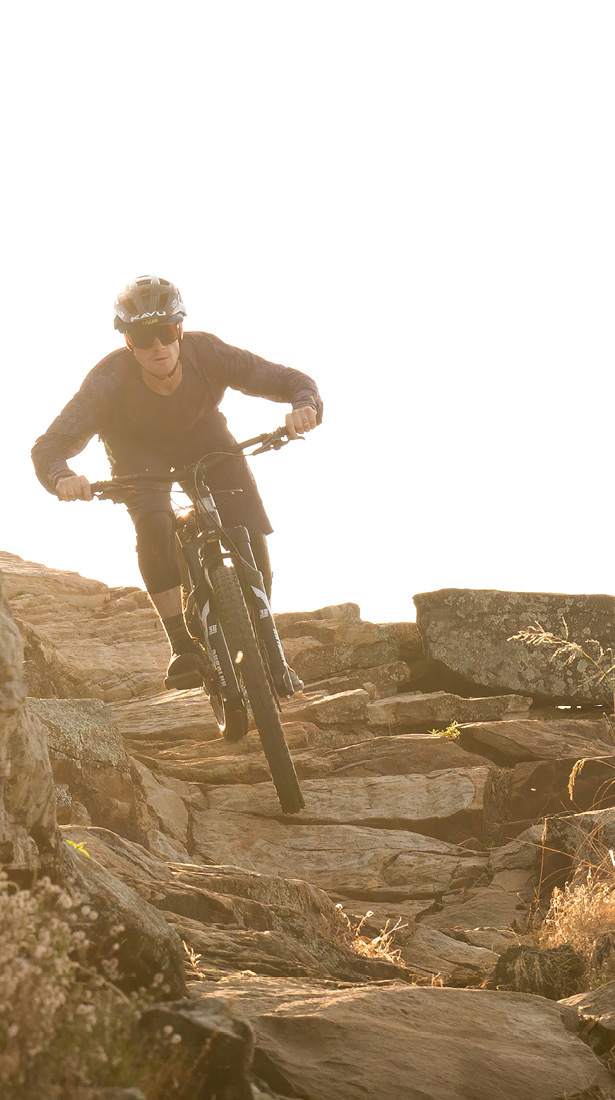

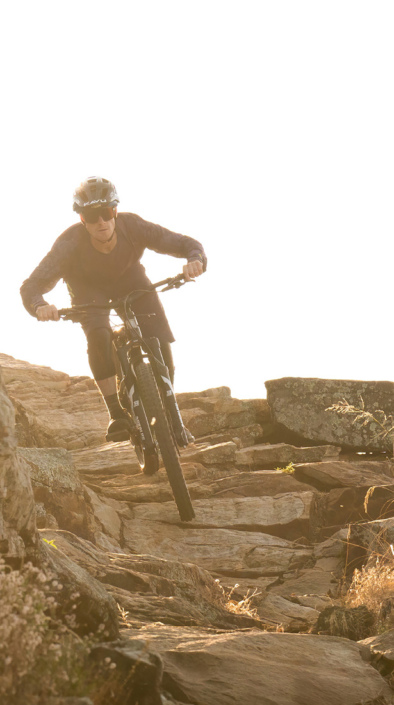

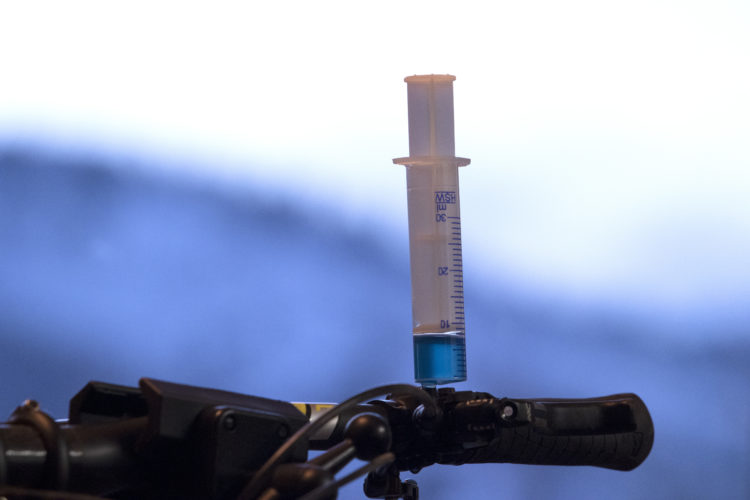
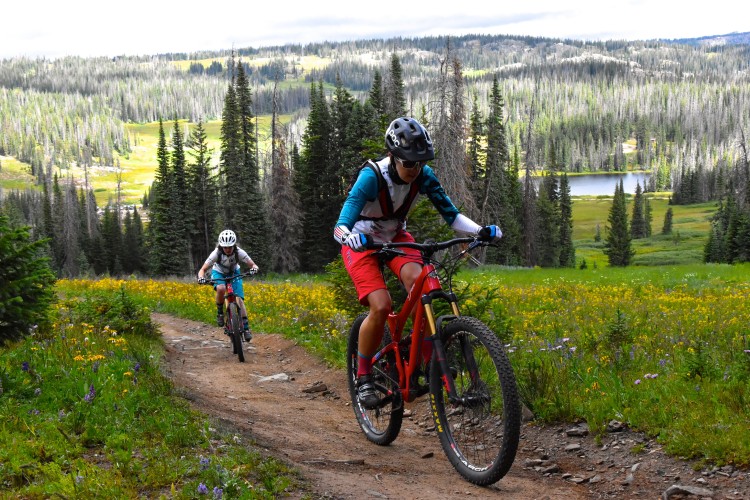


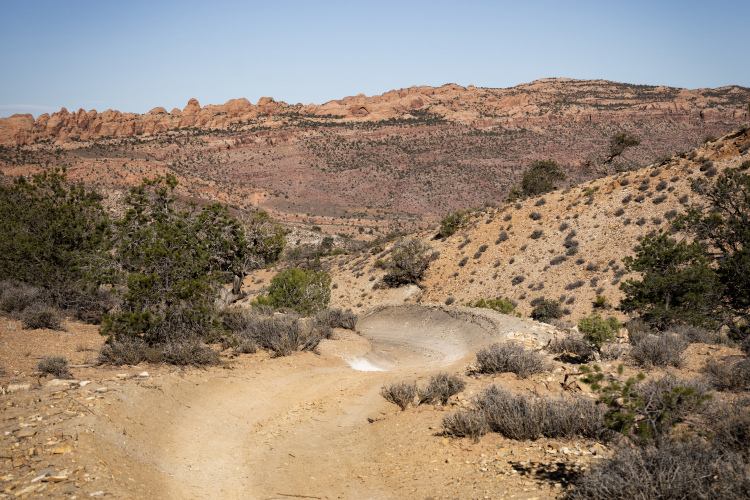


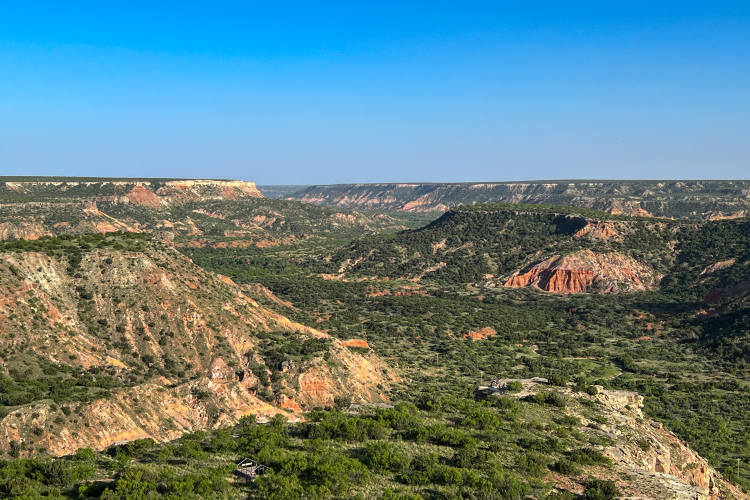

8 Comments
Jan 12, 2015
PS. I loathe statistics :)
Jan 16, 2015
Jan 16, 2015
On average peoples' *impression* is the price is 14% higher but not all shops are the same and not all items are marked up the same amount.
Jan 16, 2015
Jan 12, 2015
1. The percentage of patrons on a first name basis with an LBS employee. That seems exaggerated to me for some reason.
2. The amount spent annually. A lot of people spend some serious cash on bikes and parts, but I feel that most spend in big chunks, then only replace a tire or broken part here or there.
I also find it curious that demo days aren't more decisive.
The N is 1477, but do you have the power of the study and the confidence intervals for either the whole study, or the sum of its parts? It would be interesting to see how accurate it is.
Jan 12, 2015
2. It's hard to know how people answered the question; this is, whether they included new bike purchases or just parts and accessories. My guess is there's a mix of both so the # is higher than just parts and accessories but lower than what people spend if they spread out the cost of a new bike over the lifetime of the bike.
3. Perhaps demo days are underrepresented because not everyone has attended one. Not everyone has access to demo days or is aware of them so many who claimed they were not influential may have simply never participated in one.
Which data points are you concerned might not be accurate based on the # of responses? Does it really matter if 74% are actually on a first name basis with their LBS vs. 71%? :) Most of these numbers won't shift too much in either direction and we only included figures with reasonable confidence on the graphic. At the end of the day this is a pop-sci presentation, not necessarily a marketing report to be used for making business decisions.
Jan 15, 2015
Jan 16, 2015